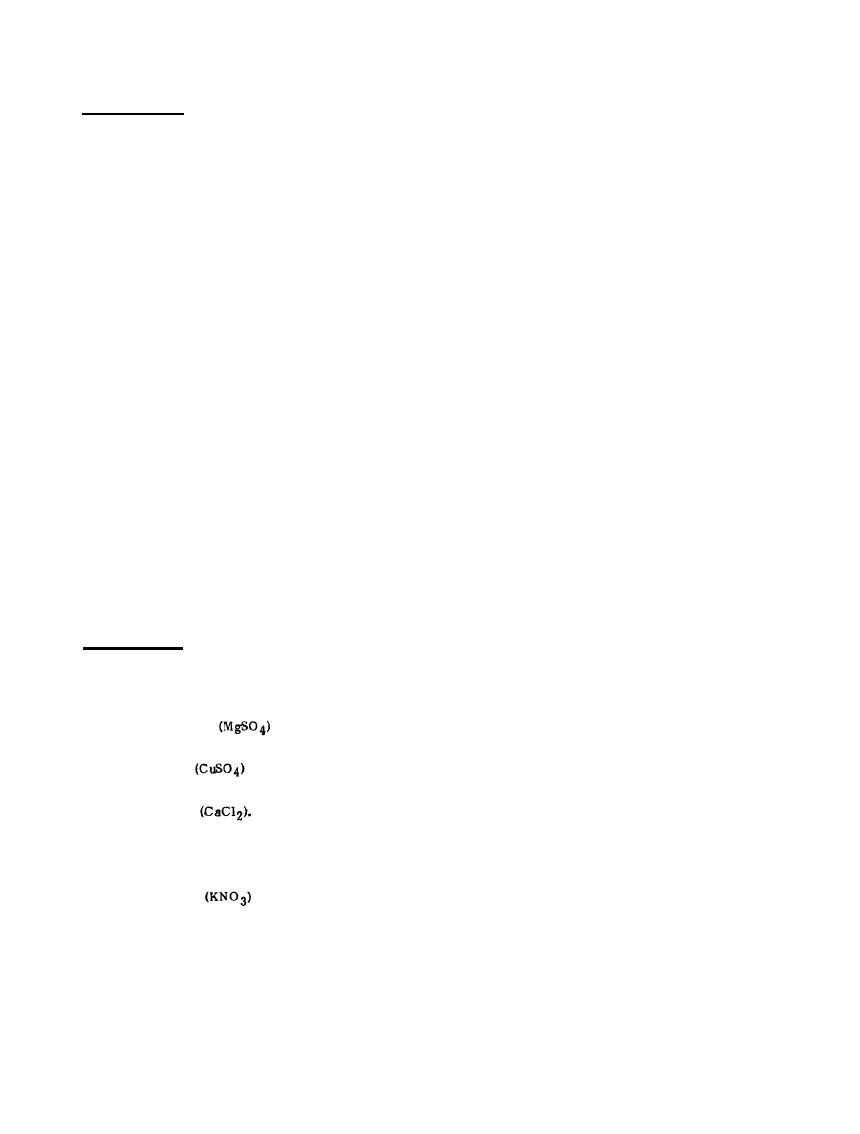

Custom Search
|
|

|
||
 MIL-HDBK-419A
2.9.2 Water Retention. Overdrainage of soil leaches away salts that are necessary for high conductivity and
dries out the deeper layers, thereby increasing their resistivity. Planting of appropriate ground covers, such as
legumes, to retard runoff and to enhance the natural production of salts in the soil is useful. Surface drainage
should be channeled so as to keep the earth electrode subsystem moist. Maintaining moist earth over the extent
of the earth electrode subsystem will keep soil salt in solution as conductive ions. Drainage water which is high
in salt content can be useful for continuous salting of the earth electrode.
A porous clay, bentonite (also known as well drillers mud) can absorb water from surrounding soil and has
hydration as well as water retention properties. When placed around ground rods and their interconnecting
cable, it greatly increases the effective area of the rod and cable which in turn reduces the resistance of the
earth electrode subsystem to earth (2-14, 2-15). Bentonite is generally available in dry (powder) form, must be
saturated with water after initial installation and should be topped with a 12-inch layer of excavated soil.
Caution is urged when using bentonite in areas that will ultimately be paved as it can expand to several times
its dry volume when saturated. This can also prove to be a disadvantage of bentonite since it expands and
contracts so much with moisture content, it can pull away from the ground rod and surrounding soil when
moisture is lost. A much better backfill around ground rods is a mixture of 75 percent gypsum, 20 percent
bentonite clay, and 5 percent sodium sulfate. The gypsum, which is calcium sulfate, absorbs and retains
moisture and adds reactivity and conductivity to the mixture. Since it contracts very little when moisture is
lost, it will not pull away from the ground rod or surrounding earth. The bentonite insures good contact
between ground rod and earth by its expansion, while the sodium sulfate prevents polarization of the rod by
removing the gases formed by current entering the earth through the rod. This mixture is available from
cathodic protection distributors as standard galvanic anode backfill and is relatively inexpensive. The backfill
mixture should be covered with 12 inches of excavated soil. This mixture is superior to chemical salts since it
is much more enduring.
2.9.3 Chemical Salting. Reduction of the resistance of an electrode may also be accomplished by the addition
of ion-producing chemicals to the soil immediately surrounding the electrode. The better known chemicals in
the order of preference are:
Magnesium sulphate
- epsom salts.
a.
Copper sulphate
- blue vitriol.
b.
Calcium chloride
C.
d.
Sodium chloride (NaCl) - common salt.
e.
Potassium nitrate
- saltpeter.
Magnesium sulphate (epsom salts), which is the most common material used, combines low cost with high
electrical conductivity and low corrosive effects on a ground electrode or plate. The use of common salt or
saltpeter is not recommended as either will require that greater care be given to the protection against
corrosion. Additionally, metal objects nearby but not related to grounding will also have to be treated to
prevent damage by corrosion. Therefore, salt or saltpeter should only be used where absolutely necessary.
2-60
|
 
|
|
 |
||